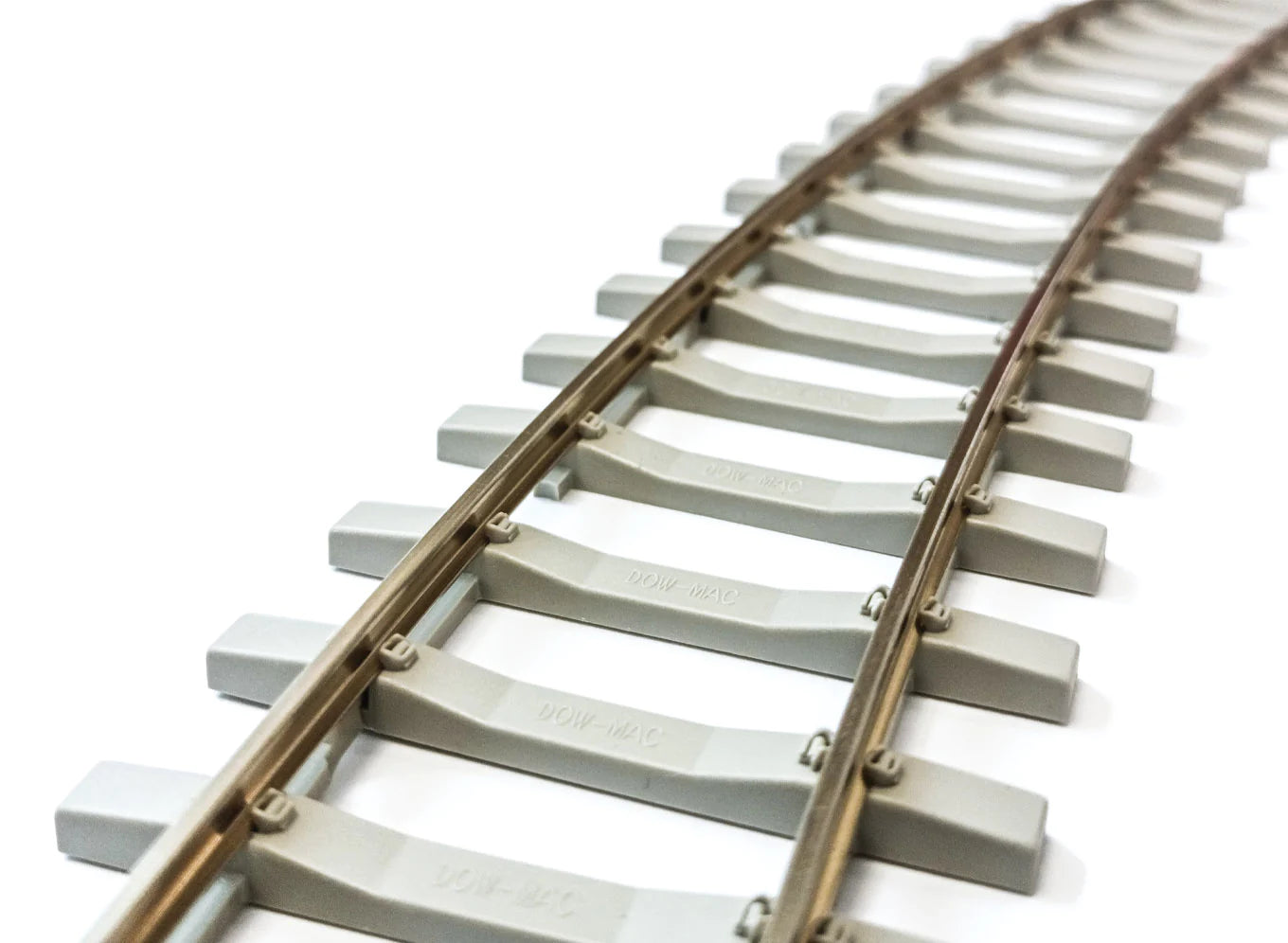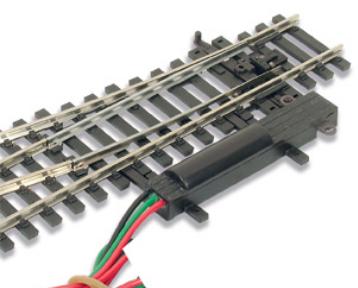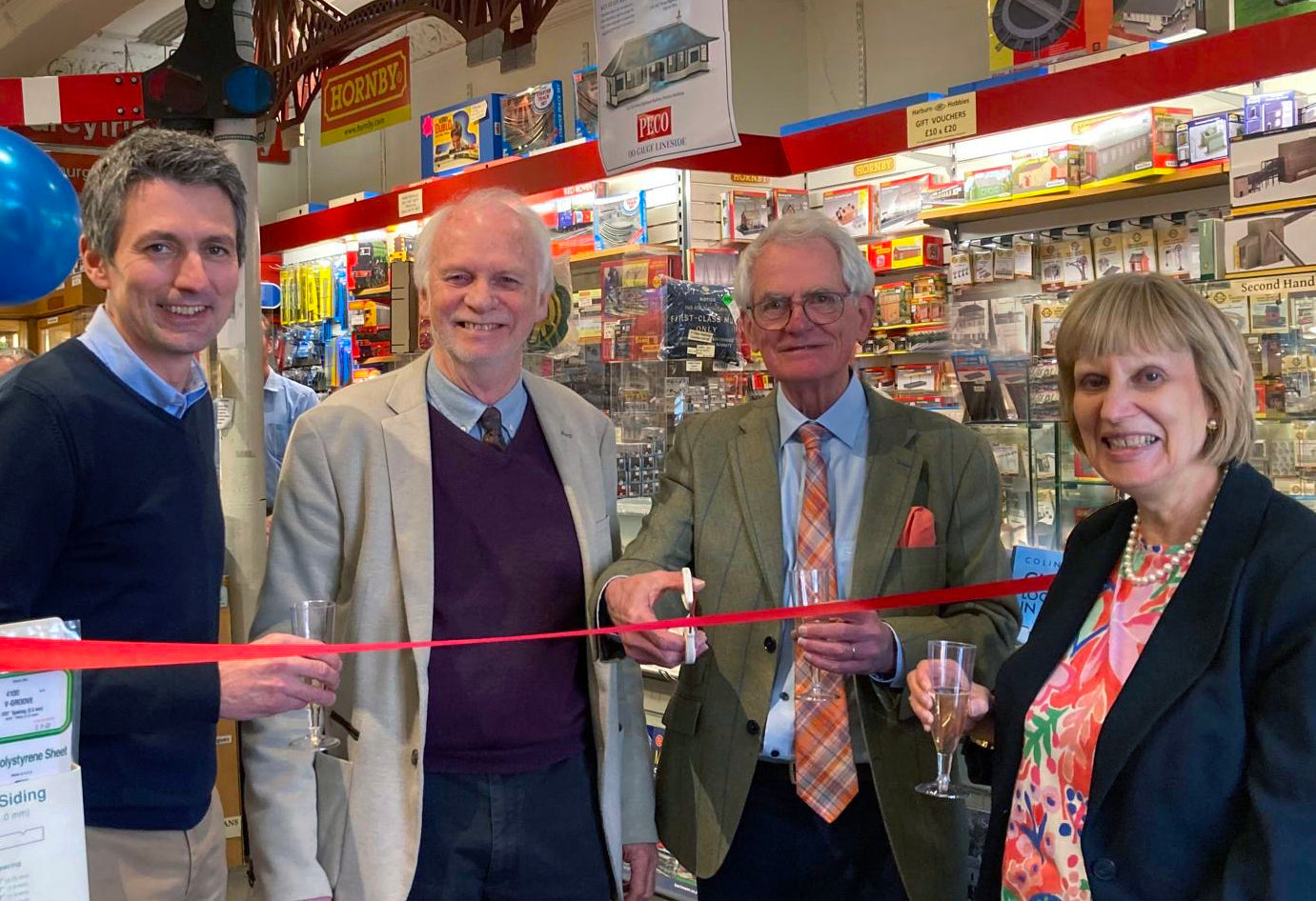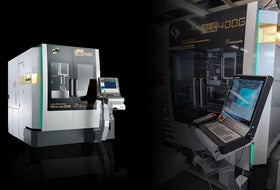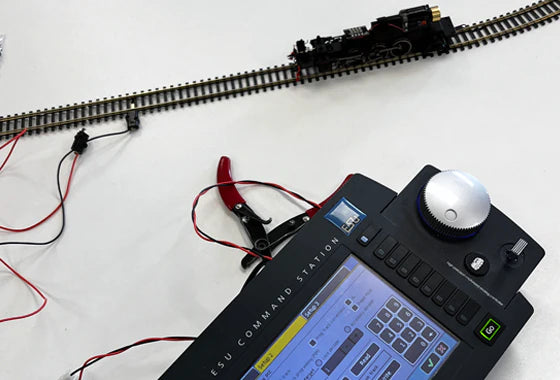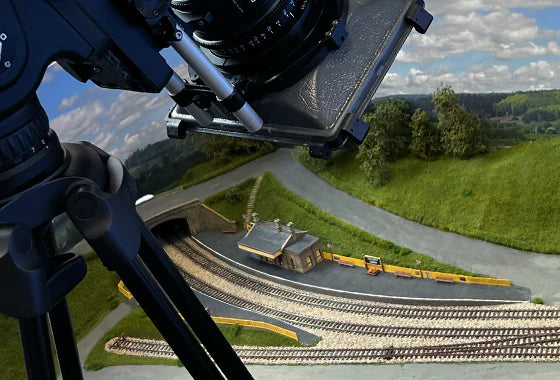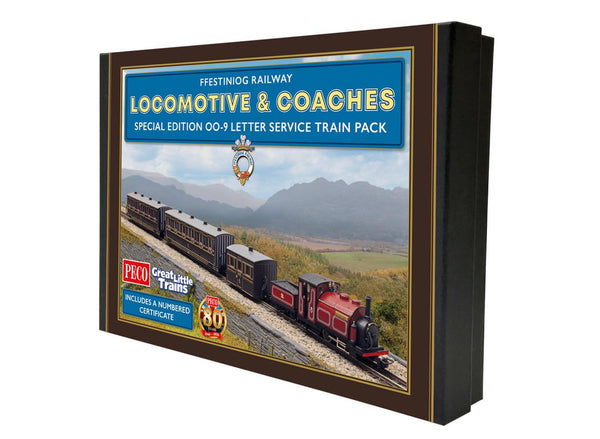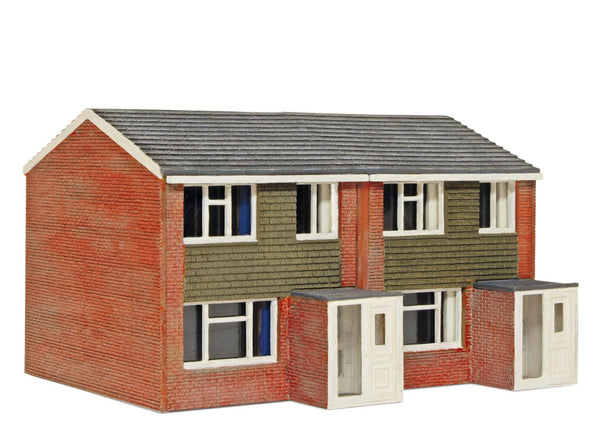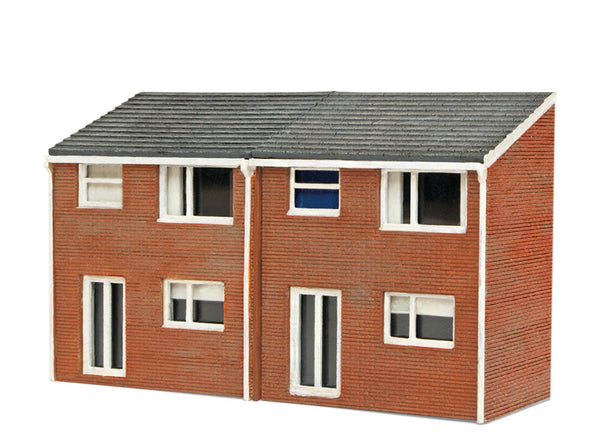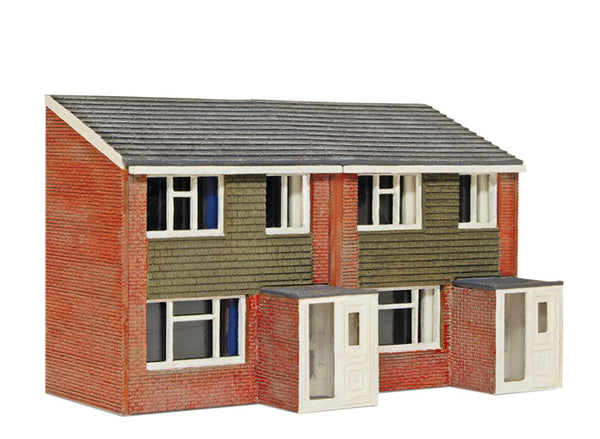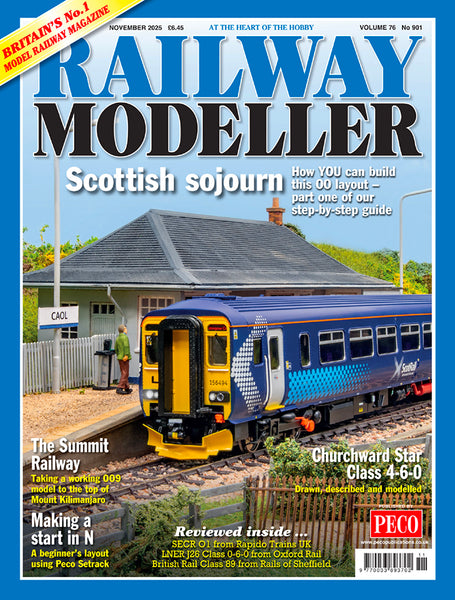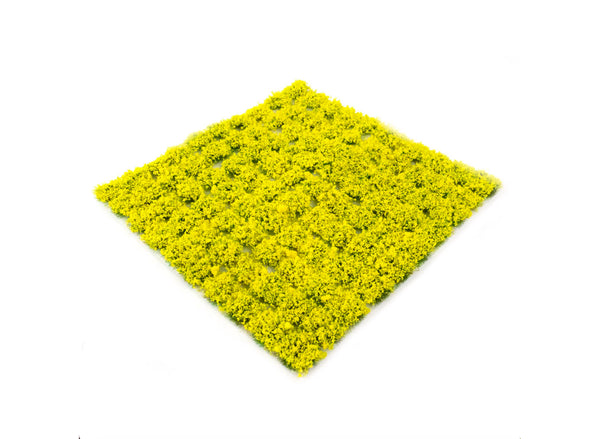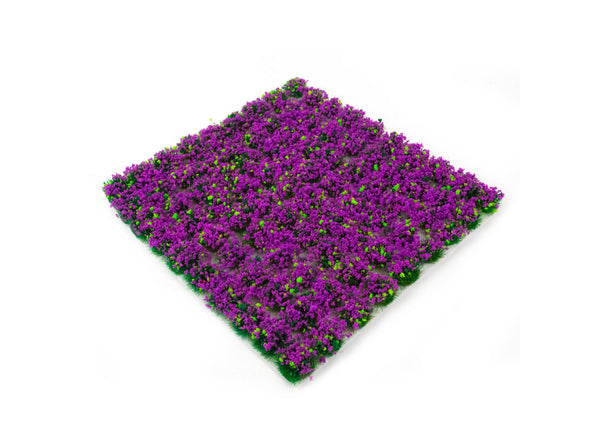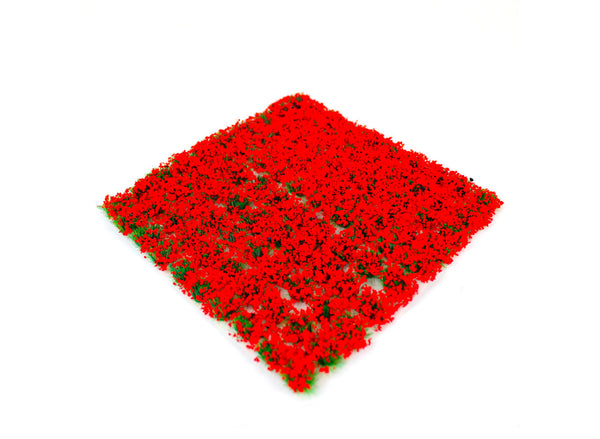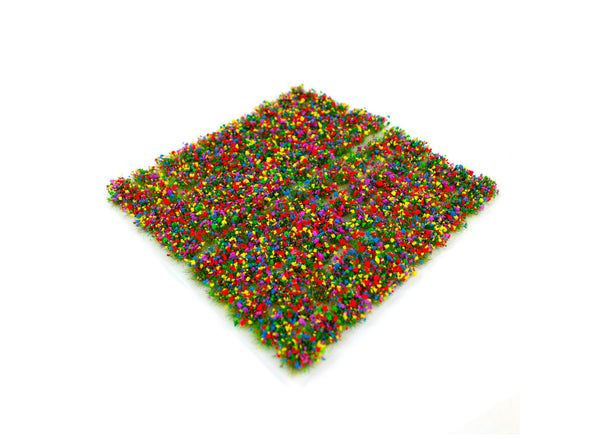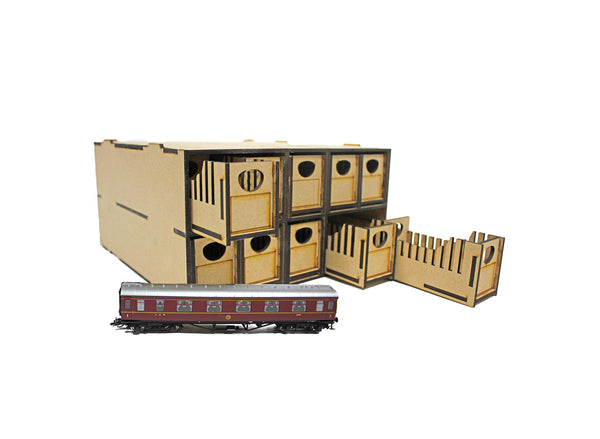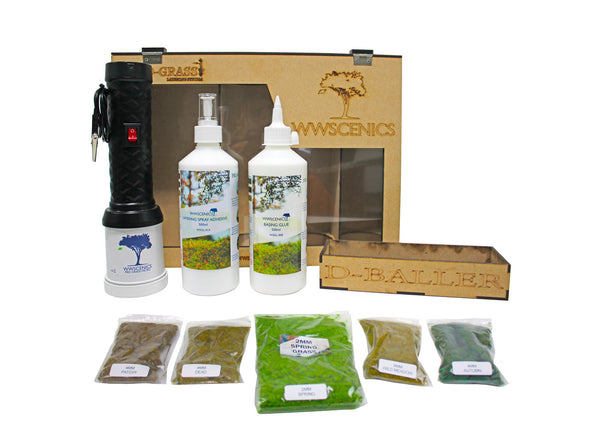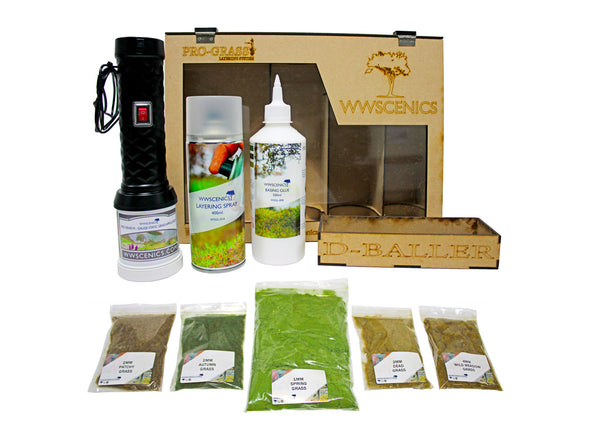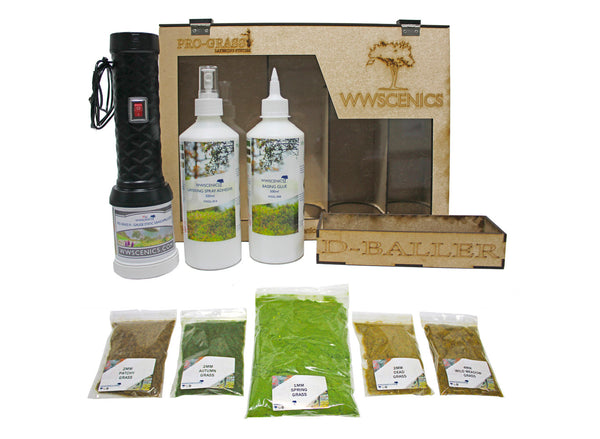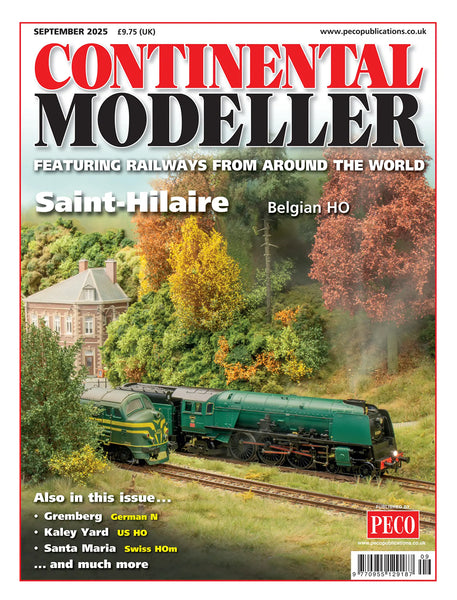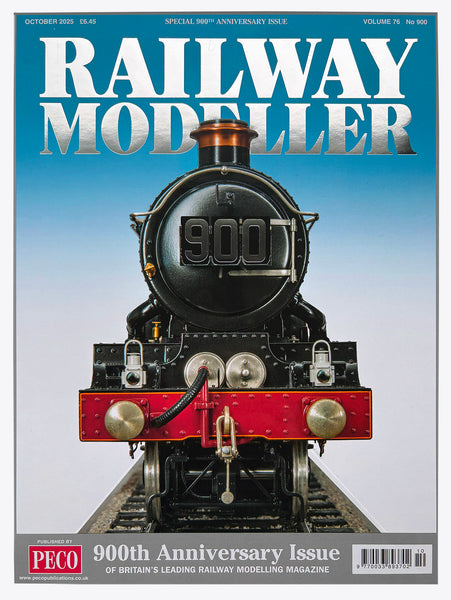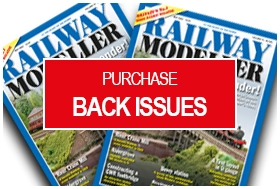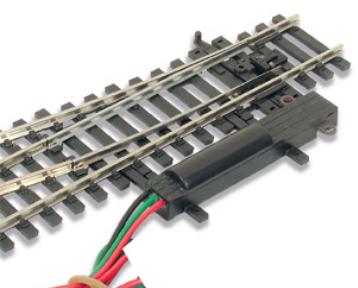BROWSE PECO PRODUCTS
Browse through our complete product portfolio.
2642 Products Found
CONTINENTAL MODELLER December 2025 Vol.49 No.12
In this months issue...
RAILWAY OF THE MONTH - PORT DE CROZON
A seaside terminus on the French metre gauge Réseau Breton modelled in 1:50.
PLAN OF THE MONTH - HEIDE
A wayside station between Antwerp in Belgium and Roosendaal in The Netherlands modelled in HO.
+PLUS!
All the latest news, reviews and layouts from around the world!
RAILWAY MODELLER December 2025 Vol.76 No.902
In the December edition of Railway Modeller, we announce the winners and runners-up in the Peco RAIL200 Model Layout Competition, which celebrated this year's 200th anniversary of the Stockton & Darlington Railway, and set participants the challenge of building a layout or diorama in a space of just 750mm x 305mm. The winning and runner-up layouts, together with other selected finalists, are featured in this issue and will be on display at the National Exhibition Centre for the National Festival of Railway Modelling on 22 & 23 November. Other features include the Diamond Jubilee of the London & North Eastern Railway Society, and the story of how a group of modellers re-created the Somerset & Dorset Joint Railway station of Sturminster Newton for display in that town's museum.
RAILWAY OF THE MONTH
Ryburn
A P4 model based on the Rishworth branch in Yorkshire, and set in the pre-Grouping era of the Lancashire & Yorkshire Railway.
PLAN OF THE MONTH
Ryecroft Arena
A modern era N gauge urban station in just 5' 7" x 2'; Bred Albin, an OO gauge Scottish terminus modelled in winter and set in the BR steam era; and Millfield, an OO9 narrow gauge layout built on a cardboard base. A suitably seasonal article also shows how a layout was built to run around the base of a Christmas tree!
PLUS ALL THE LATEST NEWS & REVIEWS...
2026 Railway Modeller Special (The Annual) (Copy)
The wonderful creative pastime of model railways is celebrated in the 2026.
Railway Modeller Special, produced by the publisher of Railway Modeller, the UK’s market-leading model railway title with the highest ABC audited readership., Railway Modeller remains unique in British model railway publishing, as it is part of a company that is long-associated with the industry, namely the world famous PECO model railway brand.
• Journey along the Somerset & Dorset – from Bath Green Park to Bournemouth West
• Thurlestone & Bullhouse – a celebration of pre-Grouping steam in OO
• Railways before 1825 – the story of rail evolution before Locomotion
• Smoke and mirrors – a model railway diorama for photographic subterfuge
• Along Alpine lines – riding the Swiss metre-gauge Rhaetian Railway
• Modelling tips and inspiration; manufacturer profile; and much, much more…
Special Edition OO-9 Letter Service Train Pack (Ffestiniog Railway)
The Ffestiniog Railway, located in North Wales, is the world’s oldest surviving independent railway company, founded in 1832. Originally built to transport slate from the quarries of Blaenau Ffestiniog to the port at Porthmadog, it was engineered with a unique narrow gauge of just 1 ft 11½ in (597 mm), ideal for winding through the rugged Snowdonia landscape. Innovative features included gravity-powered slate trains running downhill and horses hauling the wagons back uphill.
In the 1860s, steam locomotives were introduced, making the Ffestiniog the first narrow-gauge railway in the world to successfully use them. After declining slate demand led to closure in 1946, dedicated volunteers began restoring the line in the 1950s. Today, it runs as a popular heritage railway, linking Porthmadog to Blaenau Ffestiniog once again, and is celebrated for its pioneering engineering, scenic beauty, and remarkable preservation story.
These latest PECO train packs celebrate that legacy with attention to authenticity and a passion for detail.
Special Edition OO-9 Press Train Pack (Welsh Highland Railway)
The Ffestiniog Railway, located in North Wales, is the world’s oldest surviving independent railway company, founded in 1832. Originally built to transport slate from the quarries of Blaenau Ffestiniog to the port at Porthmadog, it was engineered with a unique narrow gauge of just 1 ft 11½ in (597 mm), ideal for winding through the rugged Snowdonia landscape. Innovative features included gravity-powered slate trains running downhill and horses hauling the wagons back uphill.
In the 1860s, steam locomotives were introduced, making the Ffestiniog the first narrow-gauge railway in the world to successfully use them. After declining slate demand led to closure in 1946, dedicated volunteers began restoring the line in the 1950s. Today, it runs as a popular heritage railway, linking Porthmadog to Blaenau Ffestiniog once again, and is celebrated for its pioneering engineering, scenic beauty, and remarkable preservation story.
These latest PECO train packs celebrate that legacy with attention to authenticity and a passion for detail.
1960s House Complete - L/Cut Kit
During the 1960s, British semi-detached houses reflected a period of post-war recovery and growing suburban prosperity. As Britain rebuilt from wartime damage and expanded its suburbs, demand for affordable family homes surged. Semi-detached houses became the ideal solution — cost-effective, spacious, and suited to modern lifestyles. Built mainly from brick or concrete with simple geometric designs, they often featured large windows, central heating, and private gardens. Unlike the ornate Victorian or interwar styles, 1960s semis embraced functionalism and minimal ornamentation, echoing modernist influences. Many were constructed as part of large housing estates on city outskirts, supported by improved road networks and rising car ownership. These homes symbolised optimism, mobility, and the shift toward suburban living, forming a lasting part of Britain’s mid-20th-century architectural identity.
- Laser cut wood kits with finely rendered detailing
- Each kit representing a typical 1960s style semi detached block of two houses, front elevation, rear elevation and complete building.
- Can be joined up to create a longer block, terrace.
- Front porch can be fitted as an optional extra
- Scope for further interior decoration (not provided)
- Complement our earlier releasee of Victorian Houses – kits NB306, NB307, NB308, also in N
-
Additional upsell products available form the ratio range such as:
- 300 Guttering and Downpipes
- 307 Chimneys
1960s House Back - L/Cut Kit
During the 1960s, British semi-detached houses reflected a period of post-war recovery and growing suburban prosperity. As Britain rebuilt from wartime damage and expanded its suburbs, demand for affordable family homes surged. Semi-detached houses became the ideal solution — cost-effective, spacious, and suited to modern lifestyles. Built mainly from brick or concrete with simple geometric designs, they often featured large windows, central heating, and private gardens. Unlike the ornate Victorian or interwar styles, 1960s semis embraced functionalism and minimal ornamentation, echoing modernist influences. Many were constructed as part of large housing estates on city outskirts, supported by improved road networks and rising car ownership. These homes symbolised optimism, mobility, and the shift toward suburban living, forming a lasting part of Britain’s mid-20th-century architectural identity.
- Laser cut wood kits with finely rendered detailing
- Each kit representing a typical 1960s style semi detached block of two houses, front elevation, rear elevation and complete building.
- Can be joined up to create a longer block, terrace.
- Front porch can be fitted as an optional extra
- Scope for further interior decoration (not provided)
- Complement our earlier releasee of Victorian Houses – kits NB306, NB307, NB308, also in N
-
Additional upsell products available form the ratio range such as:
- 300 Guttering and Downpipes
- 307 Chimneys
1960s House Front - L/Cut Kit
During the 1960s, British semi-detached houses reflected a period of post-war recovery and growing suburban prosperity. As Britain rebuilt from wartime damage and expanded its suburbs, demand for affordable family homes surged. Semi-detached houses became the ideal solution — cost-effective, spacious, and suited to modern lifestyles. Built mainly from brick or concrete with simple geometric designs, they often featured large windows, central heating, and private gardens. Unlike the ornate Victorian or interwar styles, 1960s semis embraced functionalism and minimal ornamentation, echoing modernist influences. Many were constructed as part of large housing estates on city outskirts, supported by improved road networks and rising car ownership. These homes symbolised optimism, mobility, and the shift toward suburban living, forming a lasting part of Britain’s mid-20th-century architectural identity.
- Laser cut wood kits with finely rendered detailing
- Each kit representing a typical 1960s style semi detached block of two houses, front elevation, rear elevation and complete building.
- Can be joined up to create a longer block, terrace.
- Front porch can be fitted as an optional extra
- Scope for further interior decoration (not provided)
- Complement our earlier releasee of Victorian Houses – kits NB306, NB307, NB308, also in N
-
Additional upsell products available form the ratio range such as:
- 300 Guttering and Downpipes
- 307 Chimneys
RAILWAY MODELLER November 2025 Vol.76 No.901
RAILWAY OF THE MONTH
Pentworth
Mark Butler spent three decades creating this exquisite model of a Great Western branch line terminus in N gauge, much of the scenery for which was inspired by the celebrated Vale Scene at Pendon Museum in Oxfordshire. The layout is set to appear at the Rail-Ex Taunton show this October.
PLAN OF THE MONTH
Making a start in OO-9
Using a Peco 009 Setrack starter set as his starting point, James Walker created this self-contained North Wales narrow gauge scene in just 100 x 75cm.
PLUS ALL THE LATEST NEWS & REVIEWS...
Daffodil Tufts 6mm x 103
- TUFTS – 100 x Daffodil Self-Adhesive Static Grass Tufts by War World Scenics
- SELF-ADHESIVE – Easy to use, just peel & stick where required
- COLOURS – Available in more than 30 different colours and styles
- LENGTHS – Available in 4mm, 6mm and 10mm lengths
- IDEAL – For representing bushes and wild or long grass on model railway layouts, miniature bases, wargame battleboards and model dioramas
Daffodil Tufts 4mm x 103
- TUFTS – 100 x Daffodil Self-Adhesive Static Grass Tufts by War World Scenics
- SELF-ADHESIVE – Easy to use, just peel & stick where required
- COLOURS – Available in more than 30 different colours and styles
- LENGTHS – Available in 4mm, 6mm and 10mm lengths
- IDEAL – For representing bushes and wild or long grass on model railway layouts, miniature bases, wargame battleboards and model dioramas
Heather Tufts 6mm x 103
- TUFTS – 100 x Heather Self-Adhesive Static Grass Tufts by War World Scenics
- SELF-ADHESIVE – Easy to use, just peel & stick where required
- COLOURS – Available in more than 30 different colours and styles
- LENGTHS – Available in 4mm, 6mm and 10mm lengths
- IDEAL – For representing bushes and wild or long grass on model railway layouts, miniature bases, wargame battleboards and model dioramas
Heather Tufts 4mm x 103
- TUFTS – 100 x Heather Self-Adhesive Static Grass Tufts by War World Scenics
- SELF-ADHESIVE – Easy to use, just peel & stick where required
- COLOURS – Available in more than 30 different colours and styles
- LENGTHS – Available in 4mm, 6mm and 10mm lengths
- IDEAL – For representing bushes and wild or long grass on model railway layouts, miniature bases, wargame battleboards and model dioramas
Poppy Tufts 6mm x 103
- TUFTS – 100 x Poppy Self-Adhesive Static Grass Tufts by War World Scenics
- SELF-ADHESIVE – Easy to use, just peel & stick where required
- COLOURS – Available in more than 30 different colours and styles
- LENGTHS – Available in 4mm, 6mm and 10mm lengths
- IDEAL – For representing bushes and wild or long grass on model railway layouts, miniature bases, wargame battleboards and model dioramas
Poppy Tufts 4mm x 103
- TUFTS – 100 x Poppy Self-Adhesive Static Grass Tufts by War World Scenics
- SELF-ADHESIVE – Easy to use, just peel & stick where required
- COLOURS – Available in more than 30 different colours and styles
- LENGTHS – Available in 4mm, 6mm and 10mm lengths
- IDEAL – For representing bushes and wild or long grass on model railway layouts, miniature bases, wargame battleboards and model dioramas
Mixed Flower Tufts 6mm x 103
- TUFTS – 100 x Mixed Flowers Self-Adhesive Static Grass Tufts by War World Scenics
- SELF-ADHESIVE – Easy to use, just peel & stick where required
- COLOURS – Available in more than 30 different colours and styles
- LENGTHS – Available in 4mm, 6mm and 10mm lengths
- IDEAL – For representing bushes and wild or long grass on model railway layouts, miniature bases, wargame battleboards and model dioramas
Mixed Flower Tufts 4mm x 103
- TUFTS – 100 x Mixed Flowers Self-Adhesive Static Grass Tufts by War World Scenics
- SELF-ADHESIVE – Easy to use, just peel & stick where required
- COLOURS – Available in more than 30 different colours and styles
- LENGTHS – Available in 4mm, 6mm and 10mm lengths
- IDEAL – For representing bushes and wild or long grass on model railway layouts, miniature bases, wargame battleboards and model dioramas
TT:120/OO-9 Loco Storage Box (10 Drawer)
- Durable Craftsmanship: Constructed from sturdy 3mm laser-cut MDF for reliable, long-lasting use.
- Customisable Drawers: 10 adjustable drawers designed to fit TT:120 and OO9 locomotives, wagons, trucks, or vehicles securely.
- Smooth Sliding System: Easy-access drawers with a smooth-sliding design make organizing and retrieving your models hassle-free.
- Label-Friendly Design: Each drawer features a front-facing label slot, offering quick identification of your collection.
- Stackable Convenience: Interlocking tabs allow multiple boxes to be securely stacked for scalable storage solutions.
- Protective Foam Inserts: Includes foam sheets to create custom inserts for extra protection, ensuring your locomotives and rolling stock remain safe.
Pro Grass Layering System (International)
- The definitive Pro Grass Layering System N Gauge starter kit by WWScenics.
- Contains a Pro Grass N-Gauge Micro Applicator, Basing Glue, Layering Spray, D-Baller tool and a selection of static grasses .
- Create realistic model scenery using the Pro Grass Layering System method, pioneered by WWScenics.
- Suitable for Beginners and Experts.
- Supplied in our own custom-made storage box, for secure and tidy storage.
N-Gauge Pro Grass Layering System (UK)
- The definitive Pro Grass Layering System N Gauge starter kit by WWScenics.
- Contains a Pro Grass N-Gauge Micro Applicator, Basing Glue, Layering Spray, D-Baller tool and a selection of static grasses .
- Create realistic model scenery using the Pro Grass Layering System method, pioneered by WWScenics.
- Suitable for Beginners and Experts.
- Supplied in our own custom-made storage box, for secure and tidy storage.
N-Gauge Pro Grass Layering System (International)
- The definitive Pro Grass Layering System N Gauge starter kit by WWScenics.
- Contains a Pro Grass N-Gauge Micro Applicator, Basing Glue, Layering Spray, D-Baller tool and a selection of static grasses .
- Create realistic model scenery using the Pro Grass Layering System method, pioneered by WWScenics.
- Suitable for Beginners and Experts.
- Supplied in our own custom-made storage box, for secure and tidy storage.
CONTINENTAL MODELLER October 2025 Vol.47 No.10
In this months issue...
RAILWAY OF THE MONTH - 21 RUE DES HAIES
Vincent Cleren depicts an industrial suburb in HO in which family connections inform certain structures. Built as a home layout, it has been successful at shows.
MITTELSTADT
A stop-over on a route through the mountains - Chris Bart describes his extensive digitally-controlled permanent home HO layout set in central Germany.
PLAN OF THE MONTH - BROKEN CREEK
Lee Wenham with a carefully detailed switching scene, expanded from a home layout to be portable for shows. It will be at the Uckfield exhibition this month.
+PLUS!
All the latest news, reviews and layouts from around the world!
RAILWAY MODELLER October 2025 Vol.76 No.900
RAILWAY OF THE MONTH
Bristol Templecombe
Nigel Smith describes this extensive model of a British Railways steam era Motive Power Depot in 7mm scale, which has been developed over a period of 24 years by members of Warley Model Railway Club. It is set to be one of the main exhibits at the organisation's next annual show at Statfold on 11 & 12 October
PLAN OF THE MONTH
Claremont
Pete Latham describes this small and self-contained N gauge layout, which depicts a BR freight yard and utilises older examples of ready-to-run models. The layout plan provides the basis of an ideal entry-level project for those who are both short of space and working to a budget.
PLUS ALL THE LATEST NEWS & REVIEWS...
CONTINENTAL MODELLER September 2025 Vol.47 No.9
In this months issue...
RAILWAY OF THE MONTH - SAINT-HILAIRE
Steven Deruytter presents his Belgian HO layout, a simple plan for exhibiting based on actual locations and unusually in an autumn setting.
SAINT AGUR
Small but satisfying - Ray O'Neill presents 766 his compact French HO exhibition layout which poses certain challenges for shunting.
PLAN OF THE MONTH - SANTA MARIA
Dan Spalding describes his Rhatische Bahn HOm layout, which depicts a wayside station with typical features on a line that was planned but never actually built.
+PLUS!
All the latest news, reviews and layouts from around the world!
